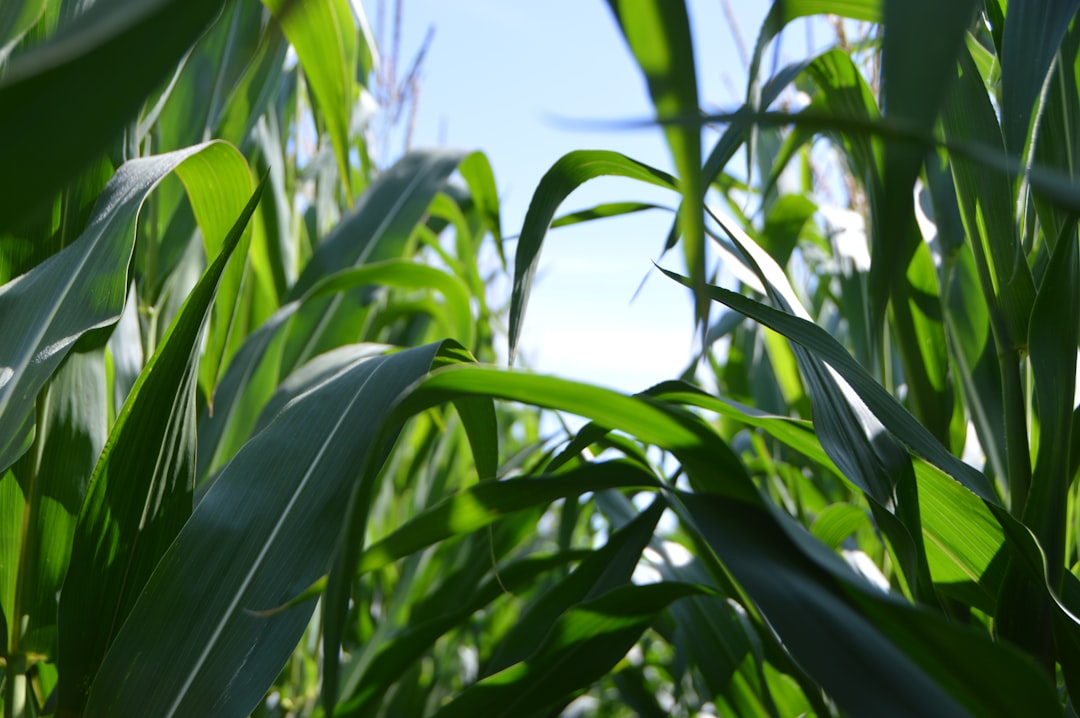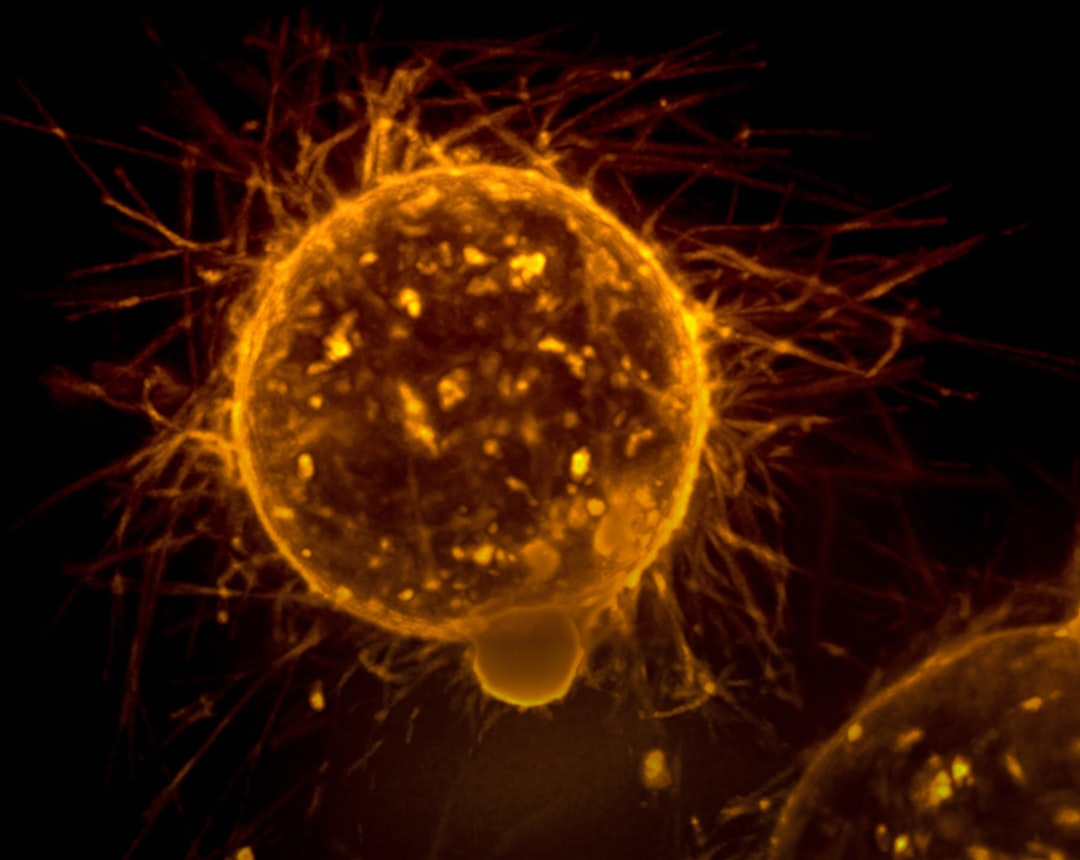What is it about?
This study looks at a meiosis-specific component of the chromosome axis called Hop1. Hop1 seems to take a central role in coordinating meiotic recombination events with processes occurring on the chromosome. In fission yeast, which has a very simple meiotic chromosome organization compared to budding yeast and multicellular organisms, Hop1 plays a limited role in regulating meiotic recombination.
Featured Image
Why is it important?
Genetic pathways driving meiotic chromosome organization and meiotic recombination are rewired during evolution. The fission yeast, which is lacking a synaptonemal complex, but retains remnants of a meiosis-specific chromosome axis, is a great model for probing the roles of conserved meiotic factors such as Hop1. Clearly, Hop1 fulfills an important meiotic function in promoting meiotic DNA break formation and inter-homolog recombination in this organism, but lacks regulatory roles in lieu of the synaptonemal complex, which appears crucial in the majority of organisms performing meiosis with a synaptonemal complex.
Read the Original
This page is a summary of: Genetic interactions between the chromosome axis-associated protein Hop1 and homologous recombination determinants in Schizosaccharomyces pombe, Current Genetics, March 2018, Springer Science + Business Media,
DOI: 10.1007/s00294-018-0827-7.
You can read the full text:
Resources
Contributors
The following have contributed to this page










